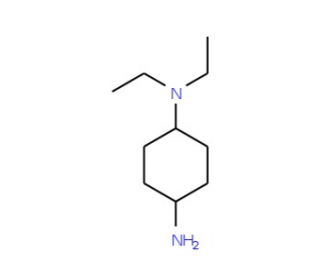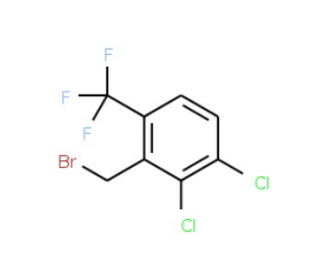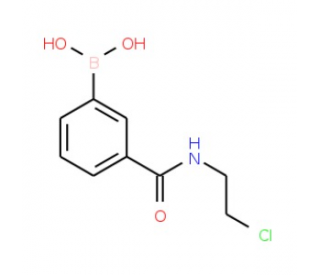详细说明
Purity
>90%, by SDS-PAGE under reducing conditions and visualized by silver stain.
Endotoxin Level
<0.10 EU per 1 μg of the protein by the LAL method.
Activity
Measured by its ability to bind Jurkat human acute T cell leukemia cells in a flow cytometry assay. A 2-8 fold increase in fluorescence intensity can be observed when Jurkat cells are stained with 10 µg/tube rhLSECtin/his and mouse anti-polyHistidine-PE as compared to cells stained with Mouse Anti-polyHistidine PE-conjugated Monoclonal Antibody (Catalog # ).
Optimal dilutions should be determined by each laboratory for each application.Source
Mouse myeloma cell line, NS0-derived Ser54-Cys293, with an N-terminal 9-His tag
Accession #
N-terminal Sequence
AnalysisSer54
Predicted Molecular Mass
27.8 kDa
SDS-PAGE
37 kDa, reducing conditions
2947-CL |
| |
Formulation Lyophilized from a 0.2 μm filtered solution in Tris-Citrate and NaCl. | ||
Reconstitution Reconstitute at 100 μg/mL in sterile PBS. | ||
Shipping The product is shipped at ambient temperature. Upon receipt, store it immediately at the temperature recommended below. | ||
Stability & Storage: Use a manual defrost freezer and avoid repeated freeze-thaw cycles.
|
Background: LSECtin/CLEC4G
LSECtin (liver and lymph node sinusoidal endothelial cell C-type lectin), also known as C-type lectin superfamily 4, member G (CLEC4G), is a member of subgroup II of the C-type (Ca2+-dependent) lectin superfamily (1). The protein was named LSECtin because its initial expression was described to be restricted to liver and lymph node sinusoidal endothelial cells (1). Since then, however, LSECtin has also been detected in peripheral blood and thymic dendritic cells isolated ex vivo, and in monocyte-derived macrophages and dendritic cells at the RNA and protein level (2). Human LSECtin is an approximately 40 kDa, single-pass, type II transmembrane glycoprotein that is 293 amino acids (aa) in length. It contains a short N-terminal cytoplasmic tail (aa 1-31) and a 21 aa transmembrane region. Its extracellular region consists of two N-linked glycosylation sites (aa 73 and 159), a coil-coil neck domain (aa 96-136), a C-type lectin-like domain (CTLD) of the type found in human
DC-SIGN and DC-SIGN receptor (aa 165-289), and a C-terminal Ca2+-dependent carbohydrate-recognition domain (C-type CRD) (1). Human LSECtin shares 64% aa sequence identity with mouse LSECtin. LSECtin binds to mannose, GlcNAc, and fucose in a Ca2+-dependent manner (1-3). In addition, LSECtin has the ability to bind to surface glycoproteins of enveloped viruses (3, 4). In particular, interaction of LSECtin with the surface glycoproteins of severe acute respiratory syndrome (SARS) coronavirus and Ebola virus has been described, and LSECtin-mediated infection of cells by Ebola virus has been demonstrated (3, 4).
References:
Liu, W. et al. (2004) J. Biol. Chem. 279:18748.
Dominguez-Soto, A. et al. (2007) Blood 109:5337.
Powlesland, A. et al. (2008) J. Biol. Chem. 283:593.
Gramberg, T. et al. (2005) Virology 340:224.
Long Name:
Liver And Lymph Node Sinusoidal Endothelial Cell C-type Lectin
Entrez Gene IDs:
339390 (Human); 75863 (Mouse)
Alternate Names:
CLEC4G; C-type lectin domain family 4 member G; C-type lectin domain family 4, member G; C-type lectin superfamily 4, member G; DTTR431; liver and lymph node sinusoidal endothelial cell C-type lectin; LP2698; LSECtin; Q6UXB4; UNQ431










 粤公网安备44196802000105号
粤公网安备44196802000105号